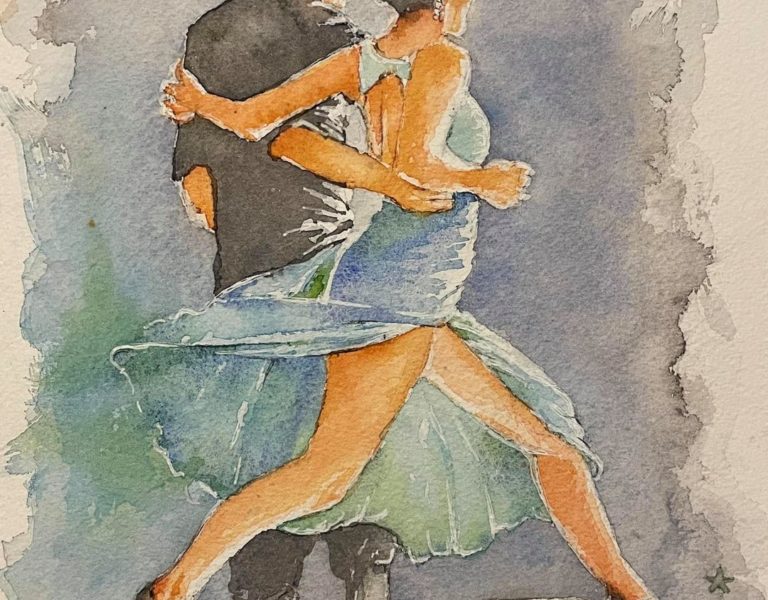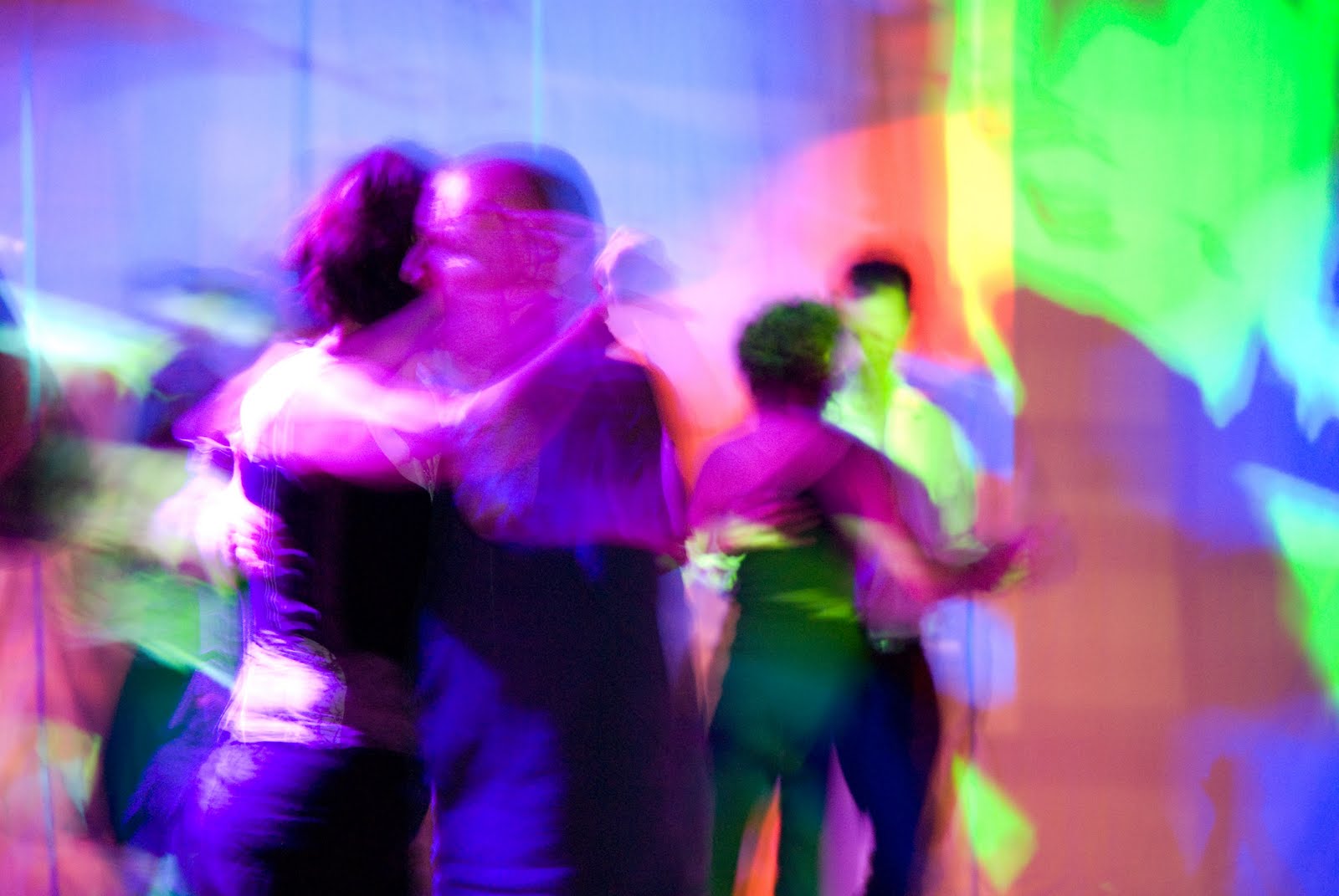by Volker Marschhausen (German version below) »An invented tradition is realized by choosing a certain point in the past, repeating language, gestures and objects so often until you can no longer imagine that it was any different.«1 Traditional Tango and Epoca de Oro In the everyday experience of many tango dancers, the »traditional« milonga is a rather harmless dance event full of glamour and crackling exoticism. On closer inspection, however, the perception of the glittering surface gives way to a disturbing ambivalence of intimacy and anonymity, inclusion and exclusion, passion and commerce. A few glimpses into the history of tango are enough to reveal the »traditional« tango as an emperor without clothes, as an »invented tradition« with tabooed dark sides. The so-called Epoca de Oro forms the common historical reference point of the Traditional Tango and its codes, even if its temporal definition mostly follows subjective standards (Marta Savigliano: 1918 – 1935, Donald S. Castro: 1917 – 1943, Michael Lavocah:
1935 – 1945, Christian Tobler: 1938 – 1947). Either one believes »that the essence of the tango lies in its spirit of rebellion and spontaneity of the 1920s« 2 or that »the 1940s and 1950s represented a peak in terms of orchestral complexity.« 3 Even determined advocates of the traditional tango must soberly state: »It seems obvious that the »traditional tango« cannot exist at all; the views of music and dance have been too different in the course of historical development«. 4 The hierarchical staging of the classical tango as a golden celestial throne thus exposes itself as a classical »invented tradition«. Instead of this horizontally layered epochal picture, it is much more plausible to start from parallel, diachronic lines of development of the tango. Through this view, tango acquires a deep historical dimension with radical, even violent leaps, ranging from Tango Criolo to contemporary Tango Nuevo and NeoTango. Tango Codes & Rituals Tango codes are also part of the…


